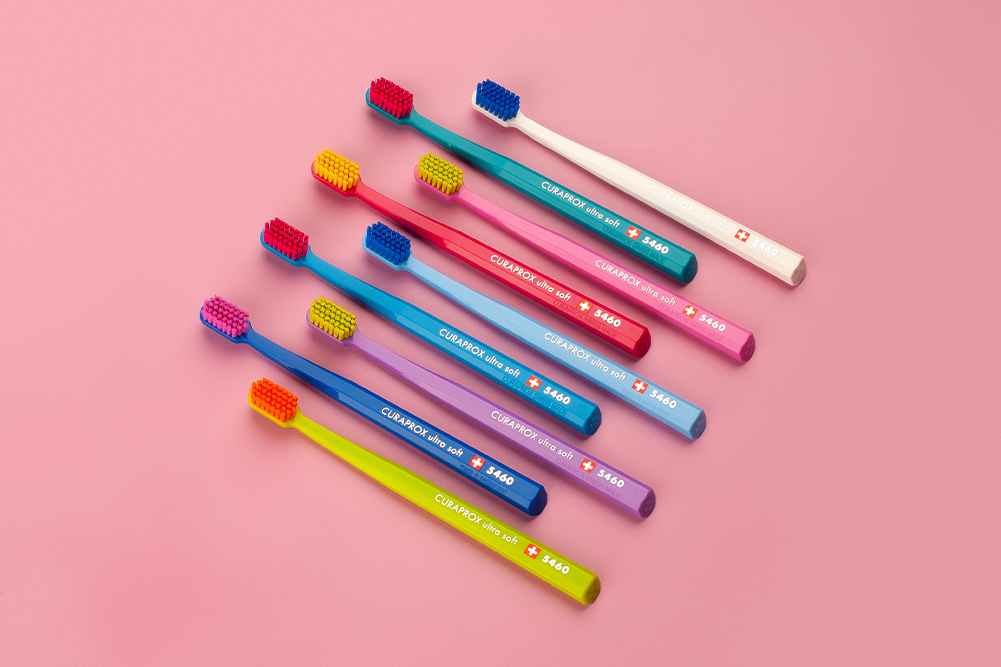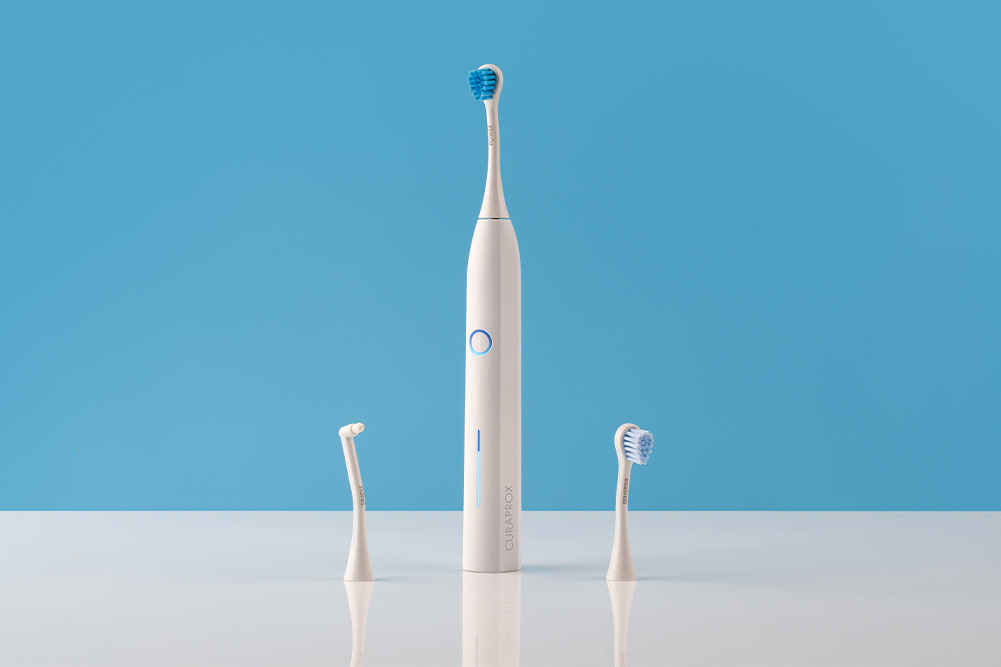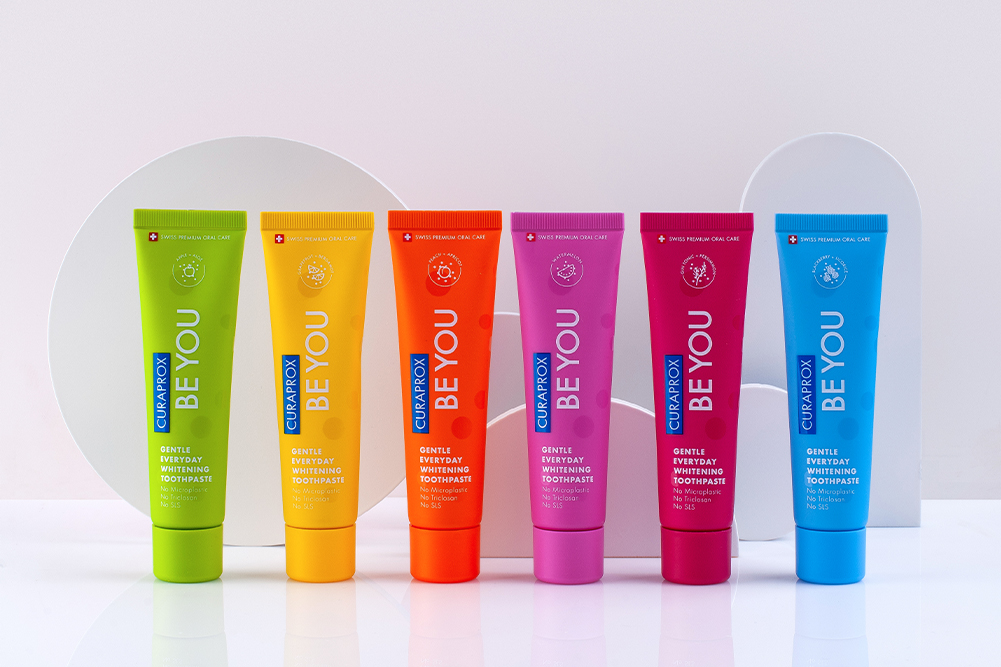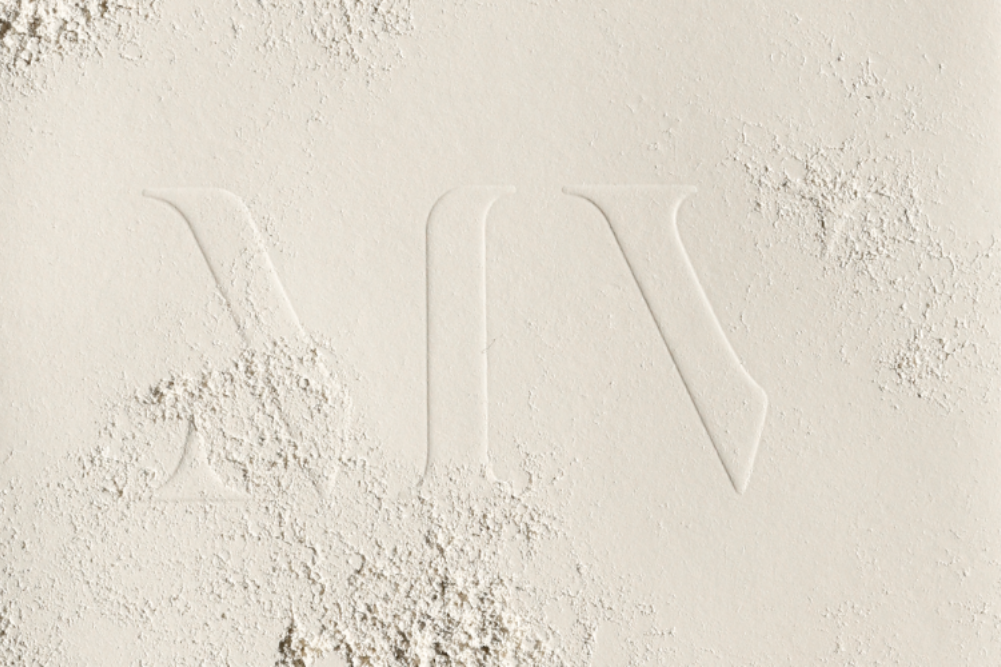Botox blowback
There is a certain look that is becoming common among Hollywood types of a certain age. It is a look intended to replicate youth but actually makes them carry a facial expression as if they are perpetually mildly surprised at the same time as walking into cyclone force winds. As with all things Hollywood, this look is being adopted by the community at large, at least by those portions of the larger community who fear the depredations of age and ageing. However, no-one appreciates better than Hollywood folk that there are no free lunches in this world and new research has revealed that the method used to achieve this faux-youth look comes at a long-term price.
The method in question of course is Botox, or more properly Botulinum neurotoxin type A, a nerve poison derived from the Clostribium botulinum bacterium. This is the stuff that causes botulism, a potentially lethal illness contracted after eating infected meats. It is estimated that four kilograms of botulinum toxin of inhaled or given intravenously would be enough to kill the entire global human population.
When injected into muscles of the forehead and around the eyes, Botox temporarily paralyses the injected muscles, without the systemic lethal effects, and causes the disappearance of age-related lines and wrinkles like crows-feet around the eyes, laugh-lines, and forehead creases. Hence the assumed “anti-ageing†effects, although in reality botoxed people do not tend to look so much younger as they do a new breed of slightly dyspeptic zombies. Be that as it may, Botox is incredibly popular and there is a generational cohort moving through which is the first to have used Botox as an anti-ageing strategy. That is why researchers from Massachusetts General Hospital, Boston decided to carry out some tests on the long-term impact of Botox.
For the study rats were given an injection of Botox into the tibialis muscle of their hind leg. Four days later, as well as the muscle that was injected being paralysed the tibialis muscle in the opposite leg also showed decreased twitch response to electrical stimulation even though overall function of that muscle was not diminished. Sixteen days later both the injected and non-injected muscles were still showing effects. There was also a generally altered response to the muscle relaxant drug atracurium which is widely used to relax muscles of patients undergoing surgery. Muscles injected with Botox showed an increased sensitivity to atracurium.
So what this is showing us is that people using Botox need to be carefully monitored during surgery but also that Botox effects muscles that are distant from the ones actually injected.
This is proving what has been speculated for some time. Other researchers have wondered what will be the long term effects of continually paralysing some muscles for cosmetic purposes. As the body always compensates, other muscles will be recruited to make up for the paralysed ones. Add this to the effect of Botox on muscles that have not been injected and the mystery of what happens after long-term Botox use deepens further.
Perhaps we will have a generation of youth-worshippers who have shifted their crow’s feet to appear behind their ears and whose laughter lines will be on the back of their head. The lesson to be learned is that the human body is an integrated unit and you can’t mess with one bit of it in isolation without the rest of the body being effected. You can’t bathe in the fountain of youth and not get wet.







